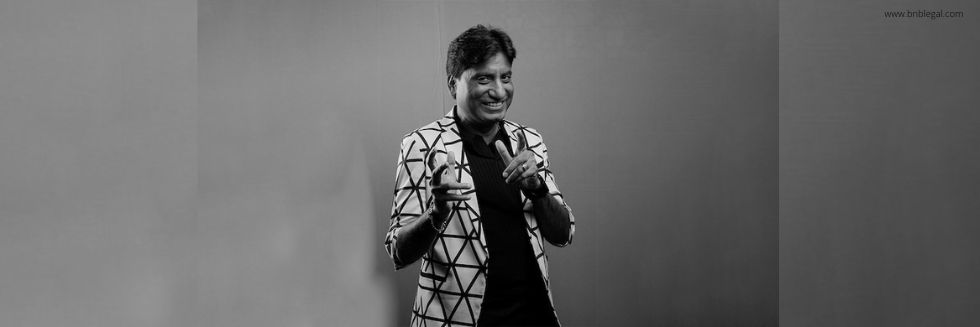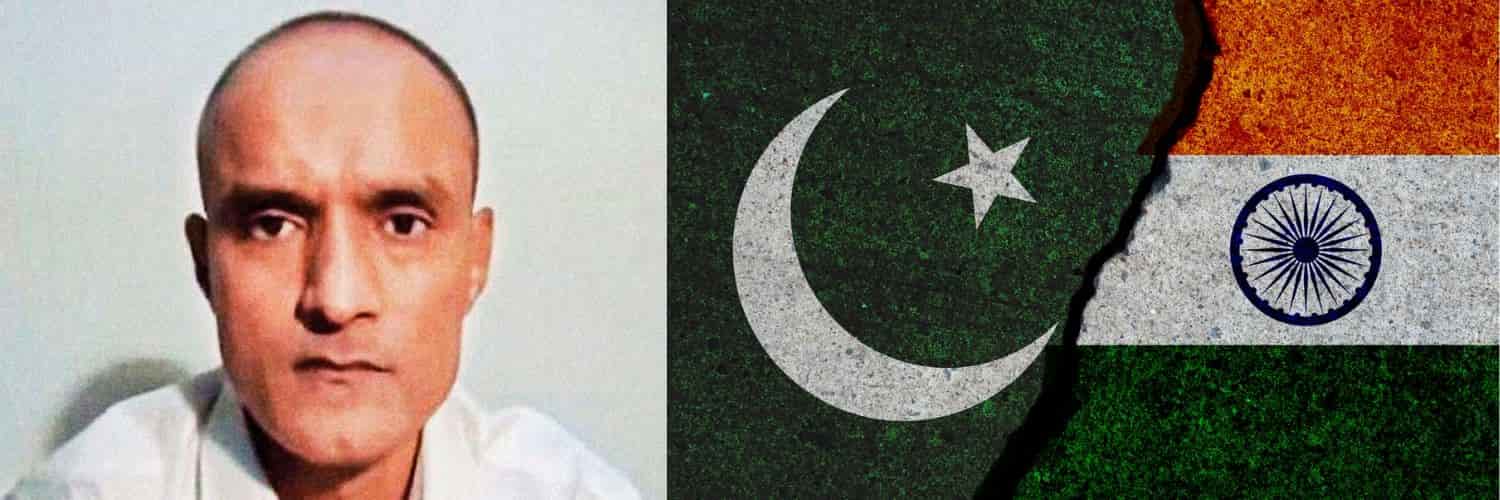In a significant judgment, the Madhya Pradesh High Court held that the disclosure of a suspect’s personal information to the media or display of their photographs in newspapers and social media is violative of Article 21 of the Indian Constitution.
In a matter examining as to whether the State Govt. by issuing an executive instruction, can violate the privacy rights of the accused by publishing their uncovered faces in newspaper/ media or by parading them in Society, the bench headed by Justice G.S. Ahluwalia has struck down provisions of a circular issued by the State Police in 2014 allowing for disclosure and publication of such information.
“Accordingly, in the exercise of suo moto power under Article 226 of the Constitution of India, clause 6B, 8 and 11 of the circular dated 2-1-2014 issued by the Director-General of Police, State of Madhya Pradesh, so far as it relates to the production of victims and suspects before the media, as well as disclosure of personal information’s of the suspects to the media or displays their photographs in newspapers or on any digital platform are hereby quashed being violative of Article 21 of the Constitution of India,” held the HC bench while adding that parading of suspects in general public is also violative of Article 21.
The above observations were made in a petition filed by a man who alleged that his photographs in police custody were made viral on social media, which has tarnished his image in society.
As per sources, on 14 August 2020, the respondent police officers took the petitioner into custody and got his uncovered face photographed published in newspapers as well as on social media, by projecting him as a hardcore criminal. On a complaint made to the Superintendent of Police, Gwalior, it was later found that the petitioner was an innocent person having no criminal antecedents and that he was released owing to mistaken identity. Accordingly, he was released.
The police officer who arrested the petitioner was placed under suspension and the said news was published in all the newspapers. However, it was later found out that his suspension was revoked.
Aggrieved by this, the petitioner moved a petition before the High Court. After the notice was issued in the petition, a meager fine of Rs. 5,000 was imposed on the police officers.
When asked about the law under which photographs of the uncovered face of an accused can be published, the State submitted a circular issued by the Director-General of Police in 2014. The circular mentioned that sharing of information and photos pertaining to an accused with the media was permitted subject to various restrictions.
Clause 6A of the said circular states that the suspect/accused should not be produced before the media. However, as per clause 8, the police were at liberty to produce the suspect as well as the victim before the media after the recording of the police statement. Further, Clause 6B of the circular prohibited the display of photographs of an accused till the Test Identification Parade is conducted.
After going through the 2014 circular, the Court primarily observed that the same contradicted itself while citing that “On one hand, it speaks about protecting the fundamental rights of an accused, but on the other hand, it gives liberty to the policemen to violate the fundamental rights of the suspects/accused.”
Further, the bench held that the privacy/reputation/dignity of a citizen of India is an integral part of Article 21 of the Constitution of India and cannot be infringed, unless and until a restriction is imposed by or under the authority of law.
“It is clear that violation of Fundamental Right of a person due to police misconduct, would not only give rise to a liability under Criminal, Tort and Public Law but pecuniary compensation can also be awarded,” added the bench.






